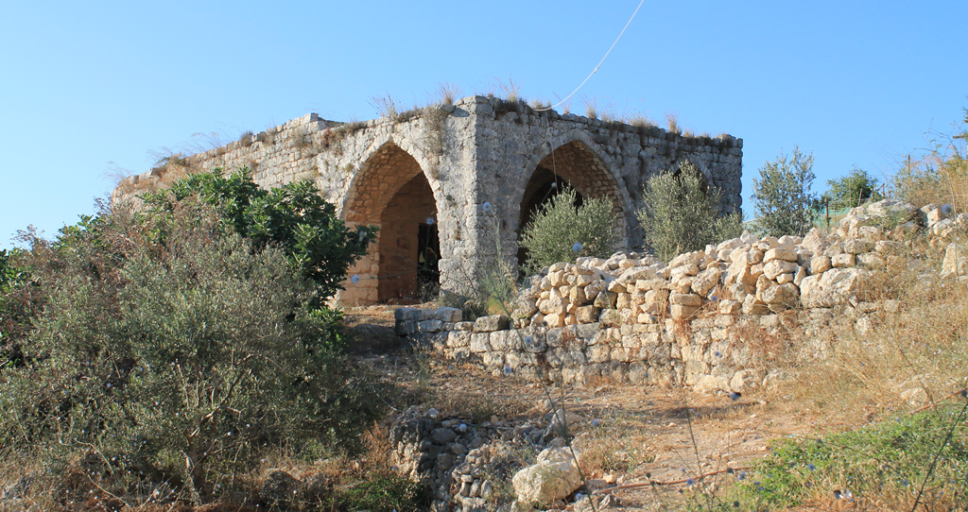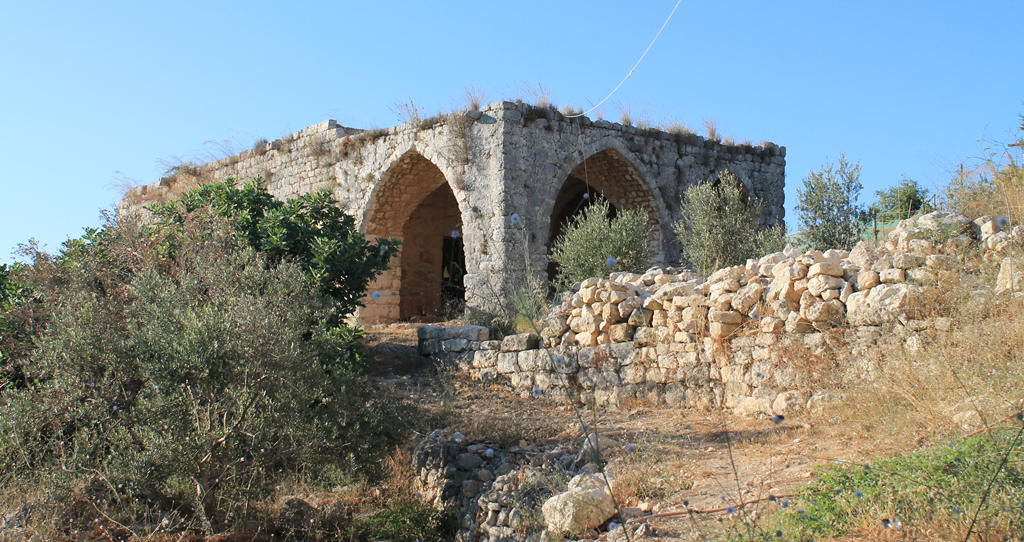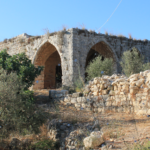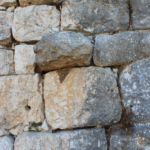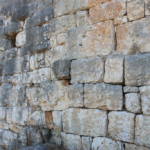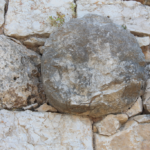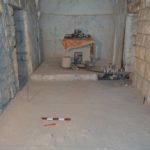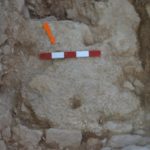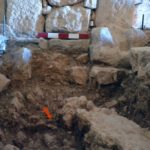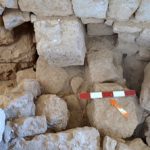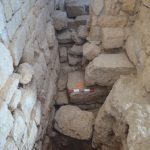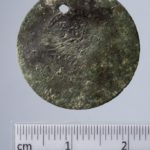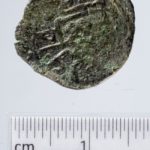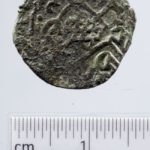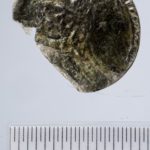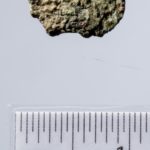Rachkida
-
Project name:
Rachkida: the Church of Saint George (Mar Girgis)
-
Type of site:
Medieval church with wall paintings
Location:
Lebanon
Northern Lebanon, about 8 km east of Batroun
Historical region: County of TripoliDating:
From the Roman period (1st–3rd century AD) to the Ottoman period (15th–20th century AD)
History of research:
Dates of PCMA mission’s work:
2012, 2016
Type of research:
Salvage excavations, study mission
Directors:
Tomasz Waliszewski, Lévon Nordiguian (2012, 2016)
Piotr Makowski (2016)
Co-operating institutions:
– Polish Centre of Mediterranean Archaeology, University of Warsaw
– Saint Joseph University in Beirut
– Directorate General of Antiquities (DGA)
Description of the site and research:
Rachkida is a small site located in northern Lebanon about 8 km east of Batroun. The Church of Saint George (Mar Girgis) was probably built by the local Christian community at the beginning of the Crusader period. It is one of the best-preserved buildings of this kind in the area of the former County of Tripoli. However, due to its relatively well-preserved iconographic program, it has until now been mainly the object of interest of art historians. In June 2012, as a result of the cooperation of the Polish Centre of Mediterranean Archaeology, University of Warsaw and the Saint Joseph University in Beirut, excavations were carried out in the interior of the church.
The oldest, incidental traces of settlement recorded during the excavations are dated to the early Roman period. The results of the research confirmed that the church had been erected on top of an earlier building from the Byzantine period. Unfortunately, the limited area of the test trenches did not allow its identification. The final architectural shape of the medieval church was the result of several reconstructions. However, it seems likely that its three-aisled layout corresponded to the plan of the earlier Byzantine basilica.
It is difficult to determine when the church ceased to be a liturgical place, but it certainly did not happen right after the fall of the County of Tripoli. At least from the middle of the 19th century, the interior of the church was used sometimes by the local communities. The relatively well-preserved structure undoubtedly offered provisional shelter. Moreover, long after the church had lost its liturgical function, its wall paintings continued to be objects of individual commemoration. This is evidenced by numerous soot marks, especially near the images of saints. The ruins must have been visited since the middle of the 19th century by Maronites, whose presence in Rachkida is attested by oral tradition.
Makowski, P., Malarczyk, D., Kowarska, Z., Lenarczyk, S., Brochocki, J. (2019). A Preliminary Report on Polish–Lebanese Excavations at the St. George’s (Mar Girgis) Church in Rachkida (Northern Lebanon), Journal of Islamic Archaeology, 6(2), 209-239 https://doi.org/10.1558/jia.36308
Gallery:
-
1. View of the church / Widok na kościół (fot. archiwum CAŚ UW)
-
2. Spolia in the construction of a medieval wall / Spolia w strukturze średniowiecznego muru (fot. archiwum CAŚ UW)
-
3. Spolia in the construction of a medieval wall / Spolia w strukturze średniowiecznego muru (fot. archiwum CAŚ UW)
-
4. Spolia in the construction of a medieval wall / Spolia w strukturze średniowiecznego muru (fot. archiwum CAŚ UW)
-
5. Presbitery of the church / Prezbiterium kościoła (fot. archiwum CAŚ UW)
-
6. Trench 1 / Wykop 1 (fot. archiwum CAŚ UW)
-
7. Trench 1, southern part / Wykop 1, część południowa (fot. archiwum CAŚ UW)
-
8. Trench 2, architectural remains below the medieval wall / Wykop 2, architektoniczne pozostałości poniżej średniowiecznego muru (fot. Archiwum CAŚ UW)
-
9. Test trench 2 after the completion of work / Wykop sondażowy 2 po zakończeniu prac (fot. archiwum CAŚ UW)
-
10. Ottoman coin, R01 / Moneta ottomańska, R01 (fot. archiwum CAŚ UW)
-
11. Ottoman coin, R04 / Moneta ottomańska, R04 (fot. archiwum CAŚ UW)
-
12. Ottoman coin, R04 / Moneta ottomańska, R04 (fot. archiwum CAŚ UW)
-
13. Ottoman coin, R07 / Moneta ottomańska, R07 (fot. archiwum CAŚ UW)
-
14. 5th-century nummus / Nummus z V wieku (fot. archiwum CAŚ UW)

